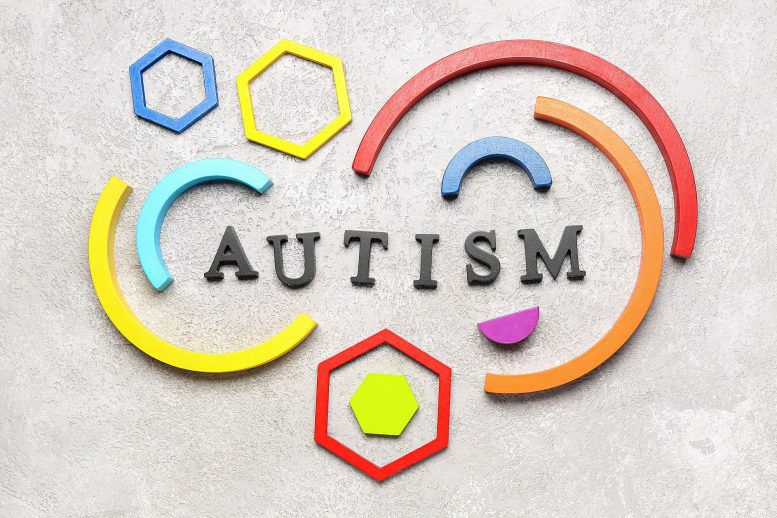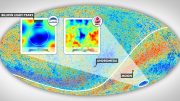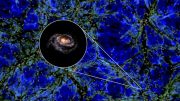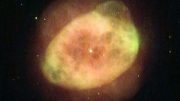
A recent study found that about a quarter of 16-year-olds with autism spectrum disorder (ASD) remain undiagnosed, with the research indicating that ASD is more prevalent among males, whites, and high-income adolescents. The study emphasizes the need for better ASD detection in schools and highlights the coexistence of ASD with other neuropsychiatric disorders, notably ADHD.
Approximately a quarter of 16-year-olds with autism spectrum disorder (ASD) have not been formally diagnosed, a study from Rutgers reveals.
Published in the Journal of Autism and Developmental Disorders, the research utilized an approach termed active multiple-source surveillance to gather what its authors consider the most accurate data to date on the prevalence of ASD among adolescents in our region.
“We think this is the largest ever study of ASD in this age group, and we hope it helps schools, health care providers, and others with information that leads to better understanding and services,” said Walter Zahorodny, an associate professor at Rutgers New Jersey Medical School and lead author of the study.
The researchers found that, overall, 1.77 percent of 16-year-olds in northeastern New Jersey have ASD, but the condition affects males more than females, whites more than Blacks or Hispanics, and high-income adolescents more than low-income peers.
Researchers also found that one in four adolescents with ASD has not been diagnosed and that three in five ASD adolescents have one or more neuro-psychiatric conditions – most commonly attention deficient hyperactivity disorder (ADHD).
Researchers reviewed school and health records for 4,875 of the 31,581 16-year-olds who lived in four northern New Jersey counties in 2014. That initial review identified 1,365 records that merited comprehensive evaluation and analysis, which, in turn, confirmed 560. Of those, 384 had been previously identified by monitoring when the cohort was 8 years old, and an additional 176 individuals satisfied ASD diagnostic criteria at age 16.
ASD was identified more frequently in adolescent males, 2.89 percent, compared to females, 0.62 percent.
ASD was twice as common among adolescents from high-income households compared to low-income families. ASD diagnosis also varied significantly by race and socioeconomic status. ASD was 50 percent more prevalent in white adolescents than in Black and Hispanic peers. (There weren’t enough Asian teens in the cohort to compare rates.)
“This confirms what other studies have found about the relative occurrence of autism by sex, race, and socioeconomic status in childhood, and it almost certainly reflects true incidence patterns rather than better diagnosis rates among groups that get more frequent and better medical care,” Zahorodny said. “Our study didn’t examine why prevalence rates vary, but other studies suggest a complex interaction of genes and environment.”
The study’s most important findings may be the identification of a significant number of undiagnosed autism cases, particularly among adolescents with mild forms of impairment and the high percentage of adolescents with ASD who also have other neuropsychiatric disorders.
The finding that many individuals go undiagnosed – and that many adolescents who could benefit from support never receive it – suggests that schools and healthcare providers could improve their tools for detecting ASD. The finding that most people with ASD have another neuro-psychiatric disorder suggests that this group will have more complex and possibly require more intensive interventions and planning.
The latest study was the second by this research group to examine the same group of people, but Zahorodny hopes it won’t be the last.
“We would love to continue studying this same cohort going forward because we know so much less about autism in adulthood,” Zahorodny said. “Continuing to follow this group of more than 500 people could greatly add to what is known about ASD and how it is characterized in adulthood, which will, ultimately, lead to the identification of interventions which maximize well-being.”
Reference: “Prevalence and Characteristics of Adolescents with Autism Spectrum Disorder in the New York-New Jersey Metropolitan Area” by Walter Zahorodny, Josephine Shenouda, Kate Sidwell, Michael G. Verile, Cindy Cruz Alvarez, Arline Fusco, Audrey Mars, Mildred Waale, Tara Gleeson, Gail Burack and Paul Zumoff, 29 August 2023, Journal of Autism and Developmental Disorders.
DOI: 10.1007/s10803-023-06058-8









Be the first to comment on "New Research Reveals That About 25% of Teens With Autism Go Undiagnosed"